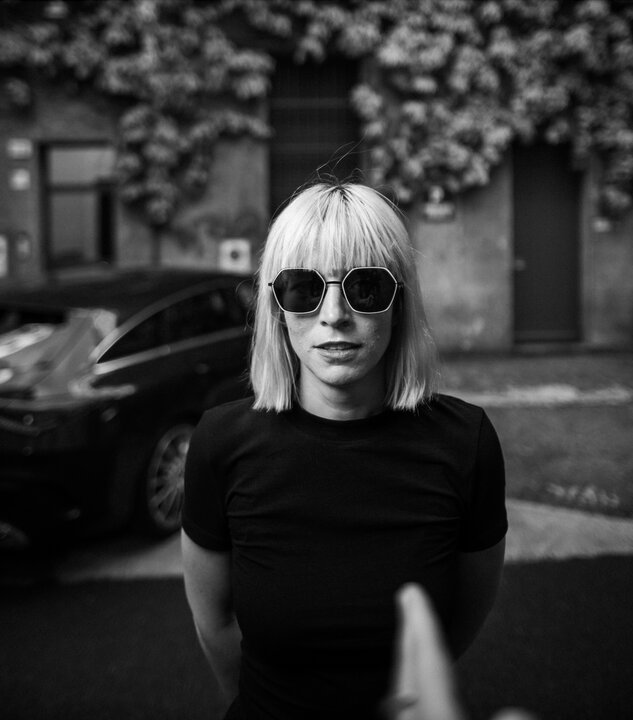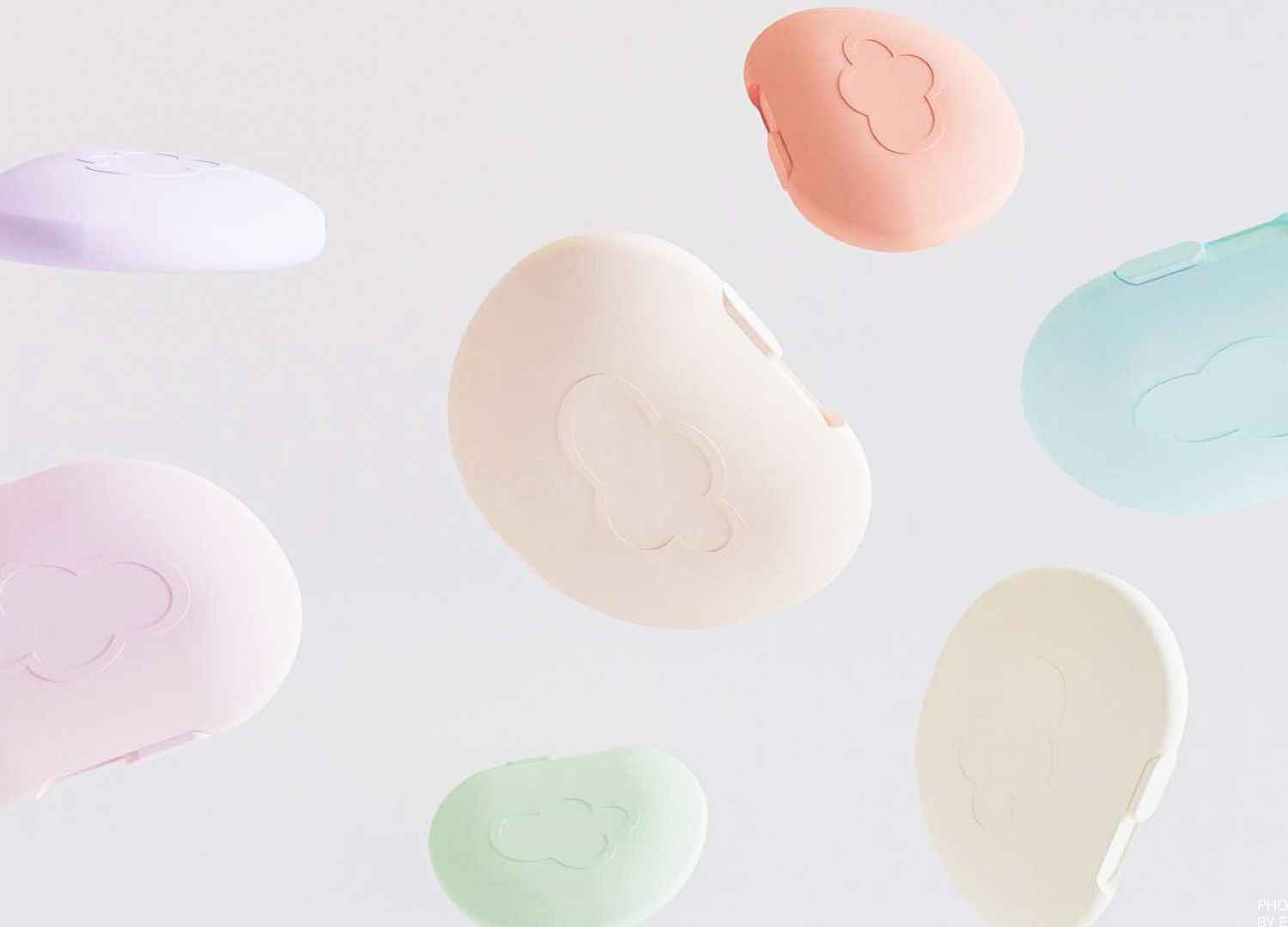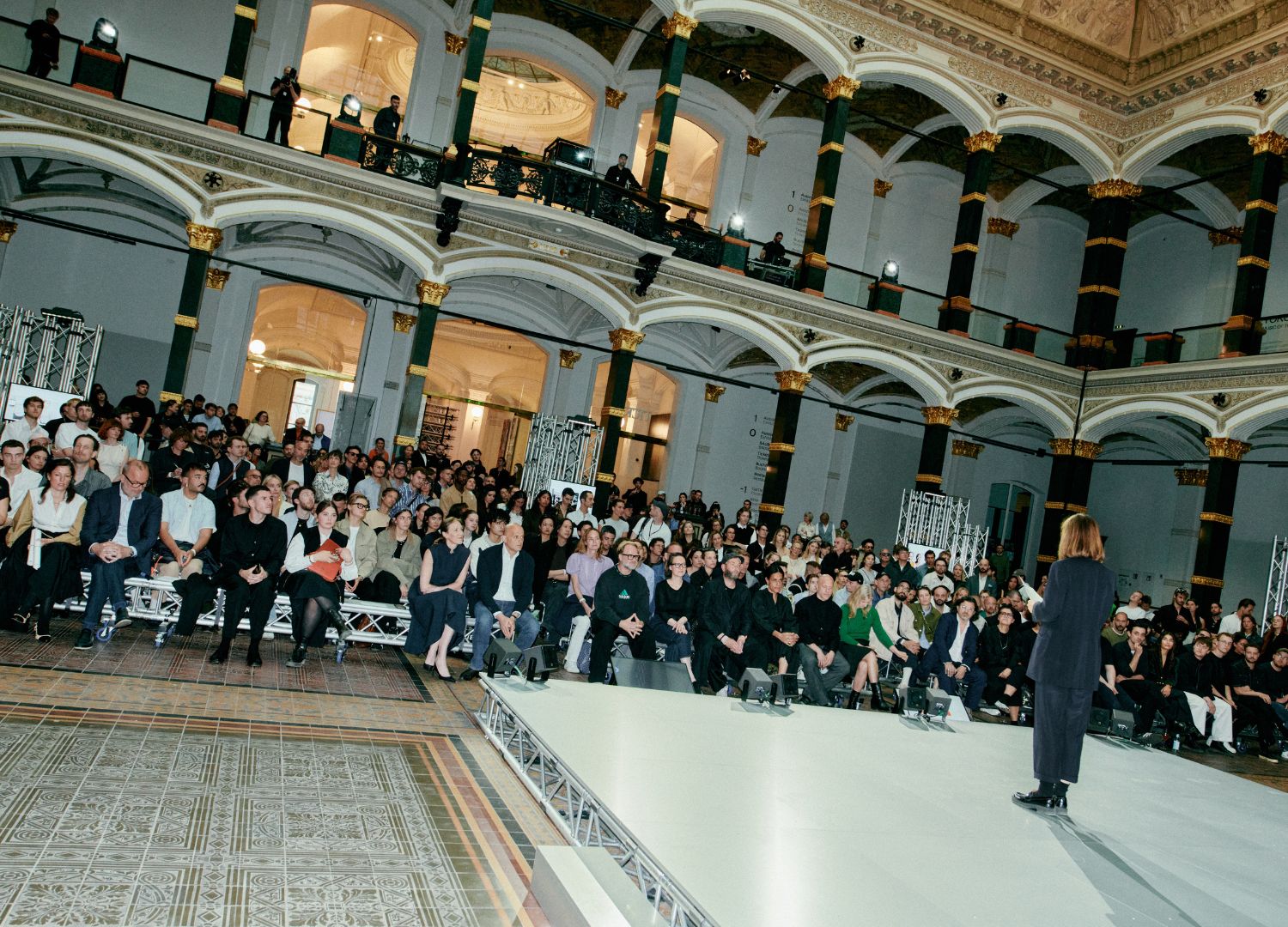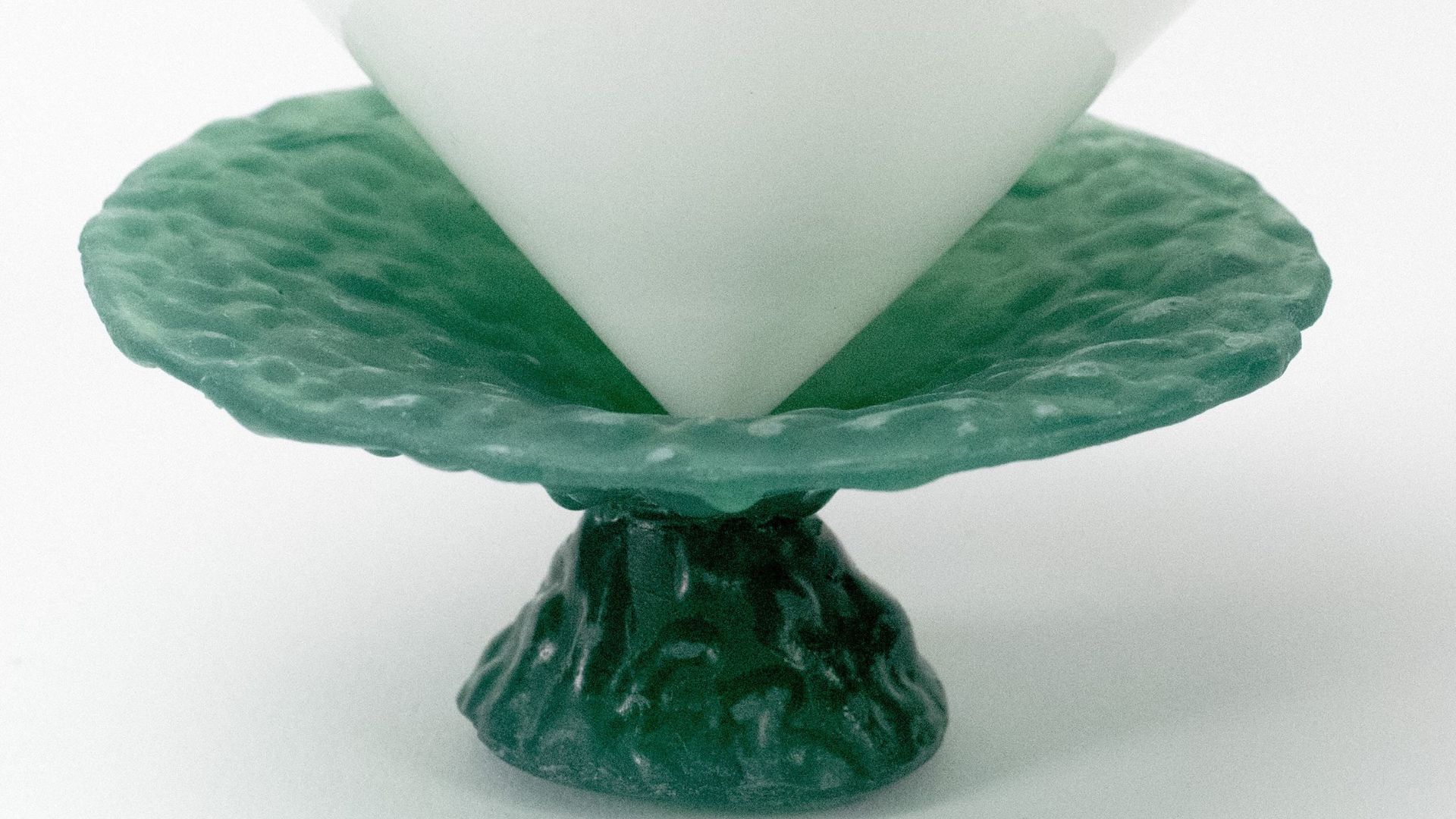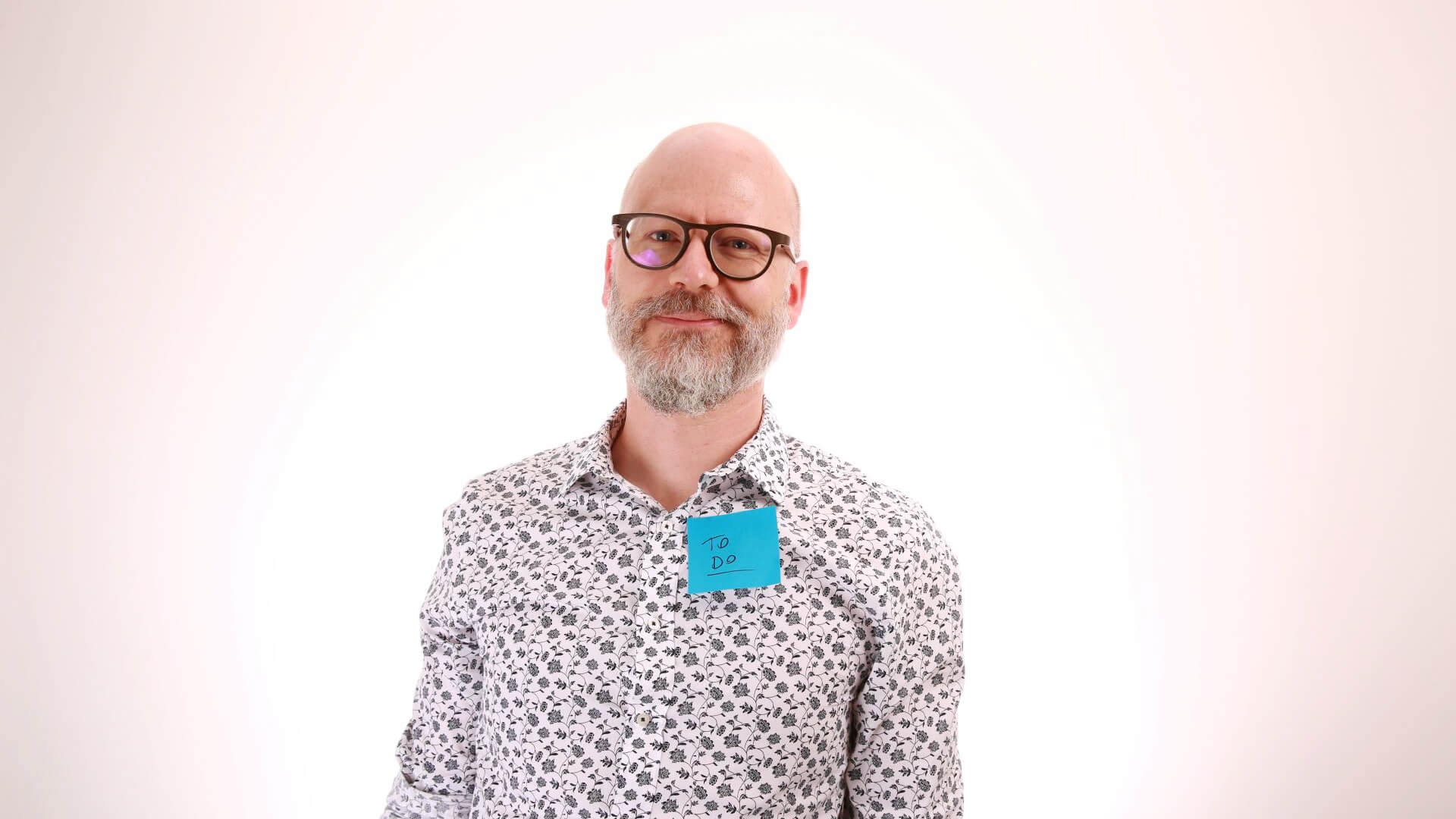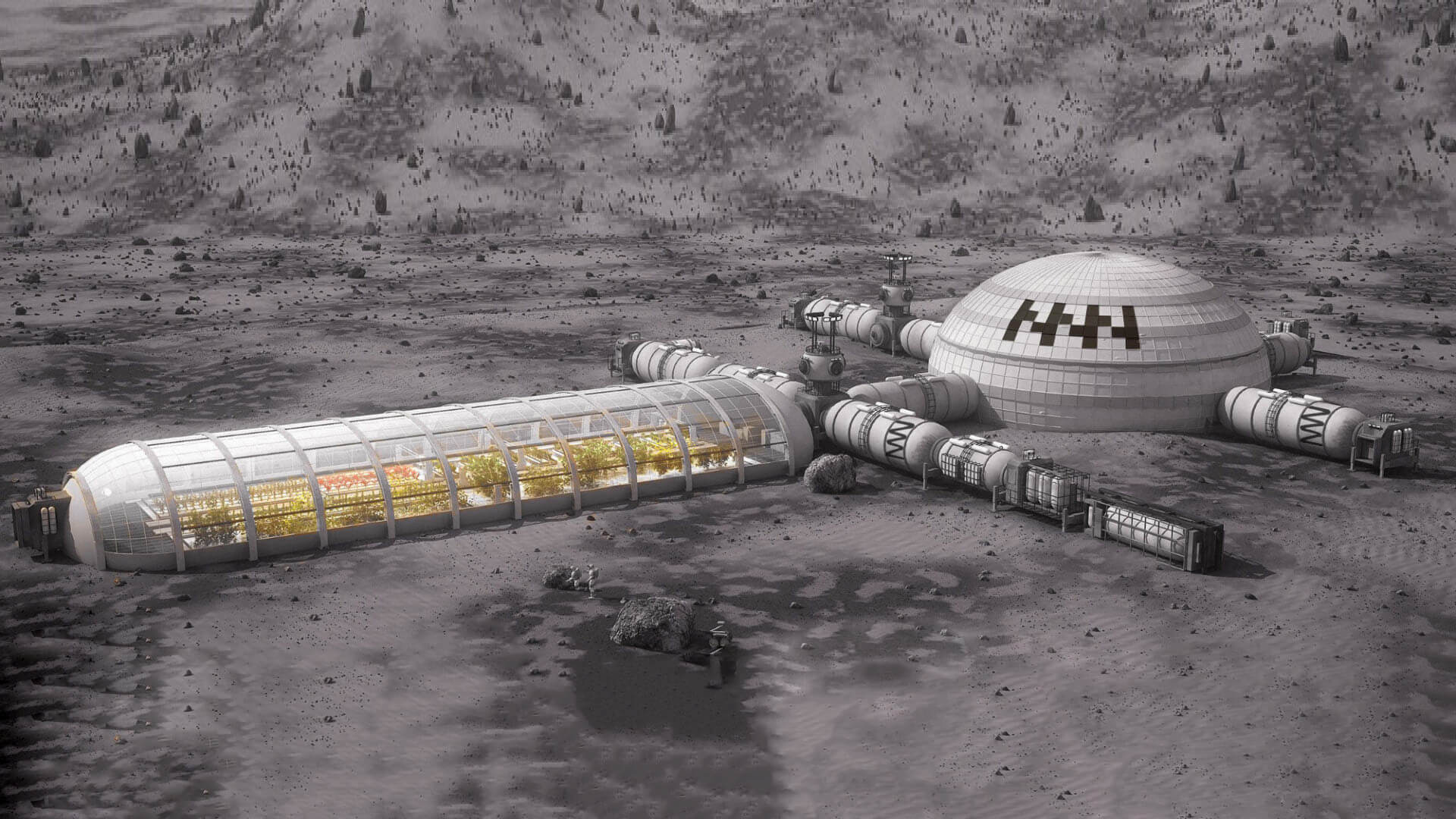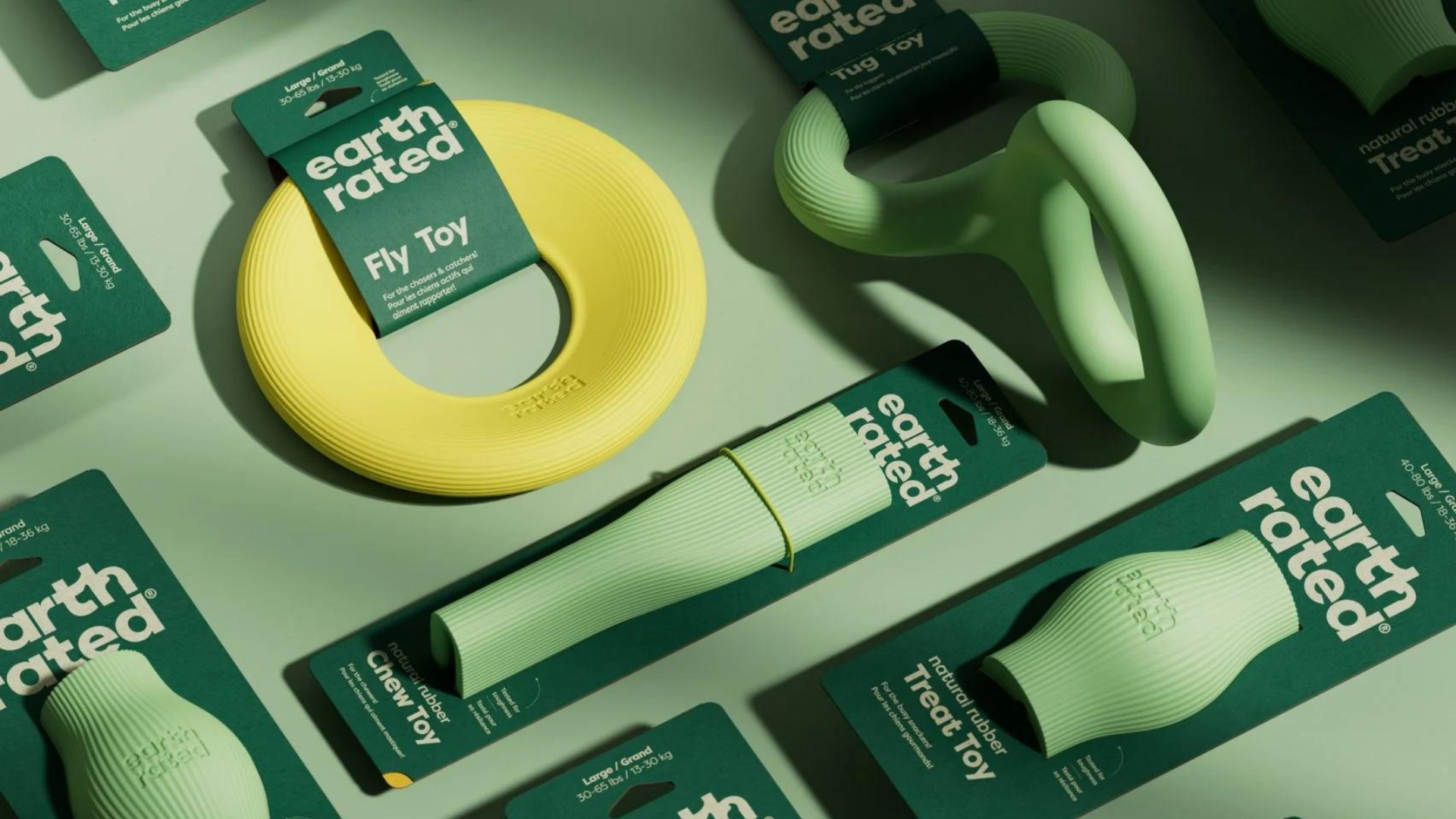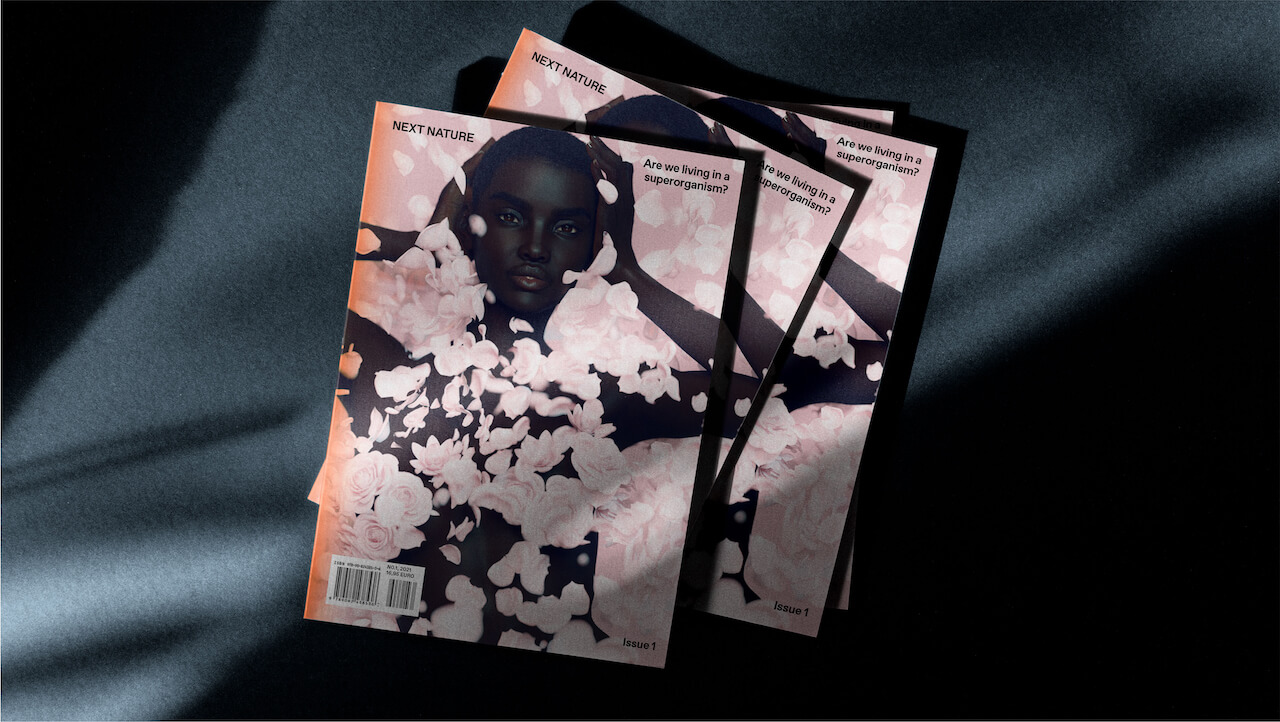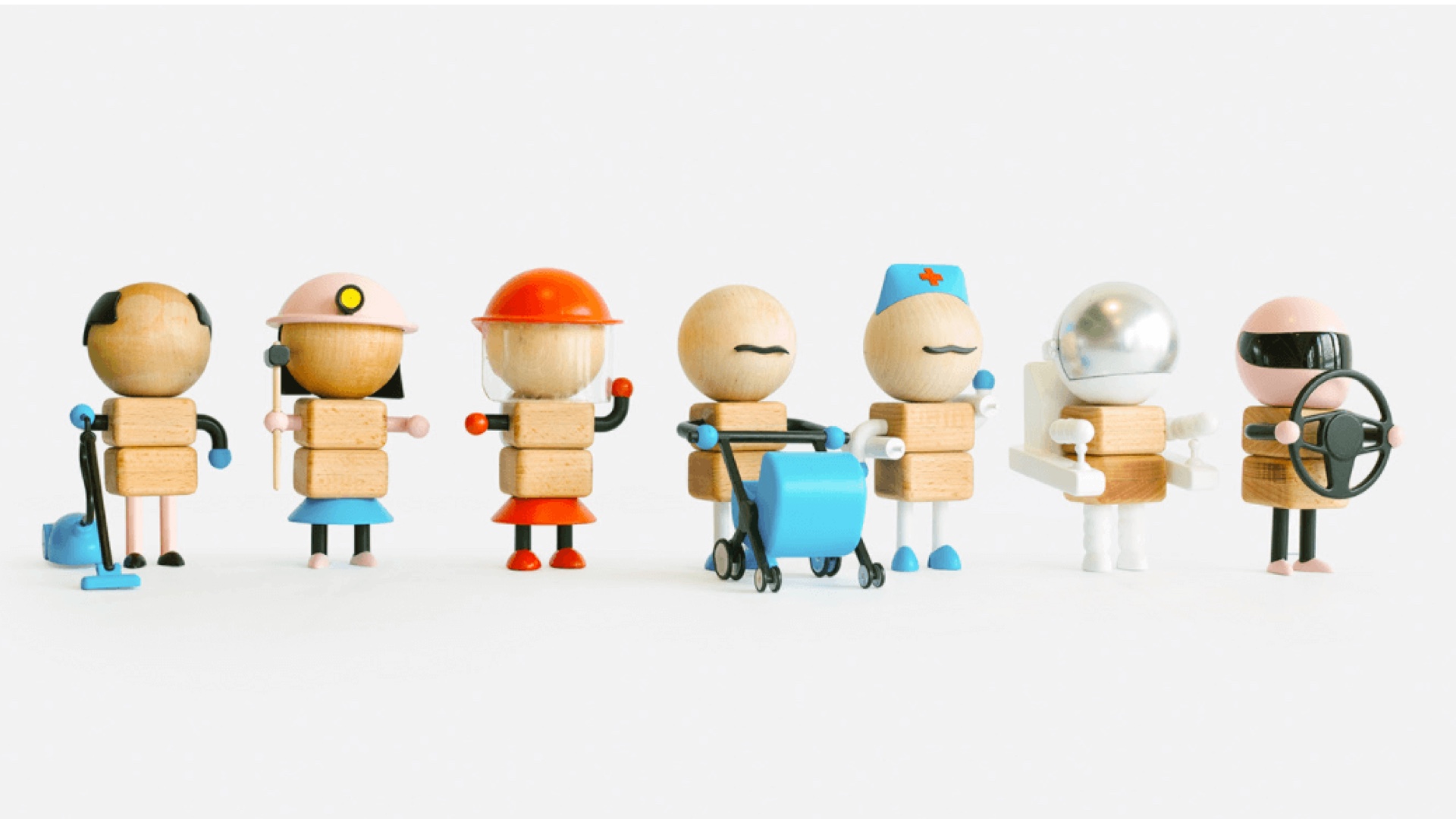A belt for the future: How Hottie hacks menstruation from the inside out
Winner of the Rimowa Design Prize 2025, Hottie is a wearable device invented by Elisabeth Lorenz and Marc Hackländer that combines heat and TENS (transcutaneous electrical nerve stimulation) to ease severe menstrual cramps.
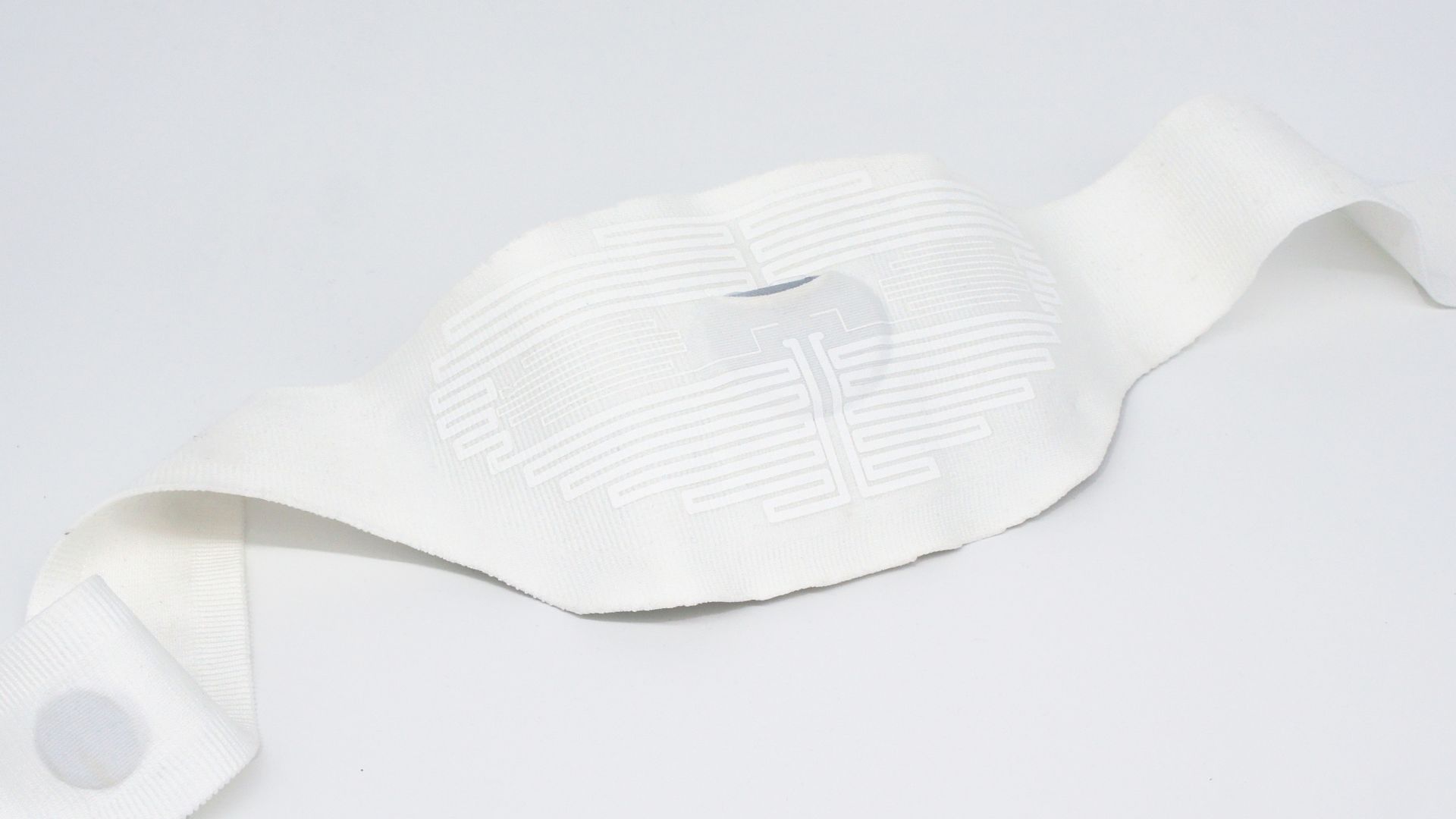
It was one of those Berlin evenings that linger. While next door in the Gropius Bau an exhibition paid tribute to Yoko Ono, in the middle hall over 380 guests gathered to celebrate what might come next: the kind of ideas that redefine what design is—and what it could do for the body. The Rimowa Design Prize, now in its third edition, rewards projects that speak to the future of travel and mobility. Each year, students from German design schools are invited to submit forward-thinking concepts that respond to real-world needs.
Finalists receive mentorship from leading figures in the design industry and are given a four-month development phase to refine their ideas before presenting them at a public event. But this year, the prize looked inward. Hottie, a wearable menstrual relief belt designed by students Elisabeth Lorenz and Marc Hackländer from Hochschule für Gestaltung, captured the jury’s attention. And soon after, Instagram posts, press requests, and DMs asking: “Where can I buy this?”
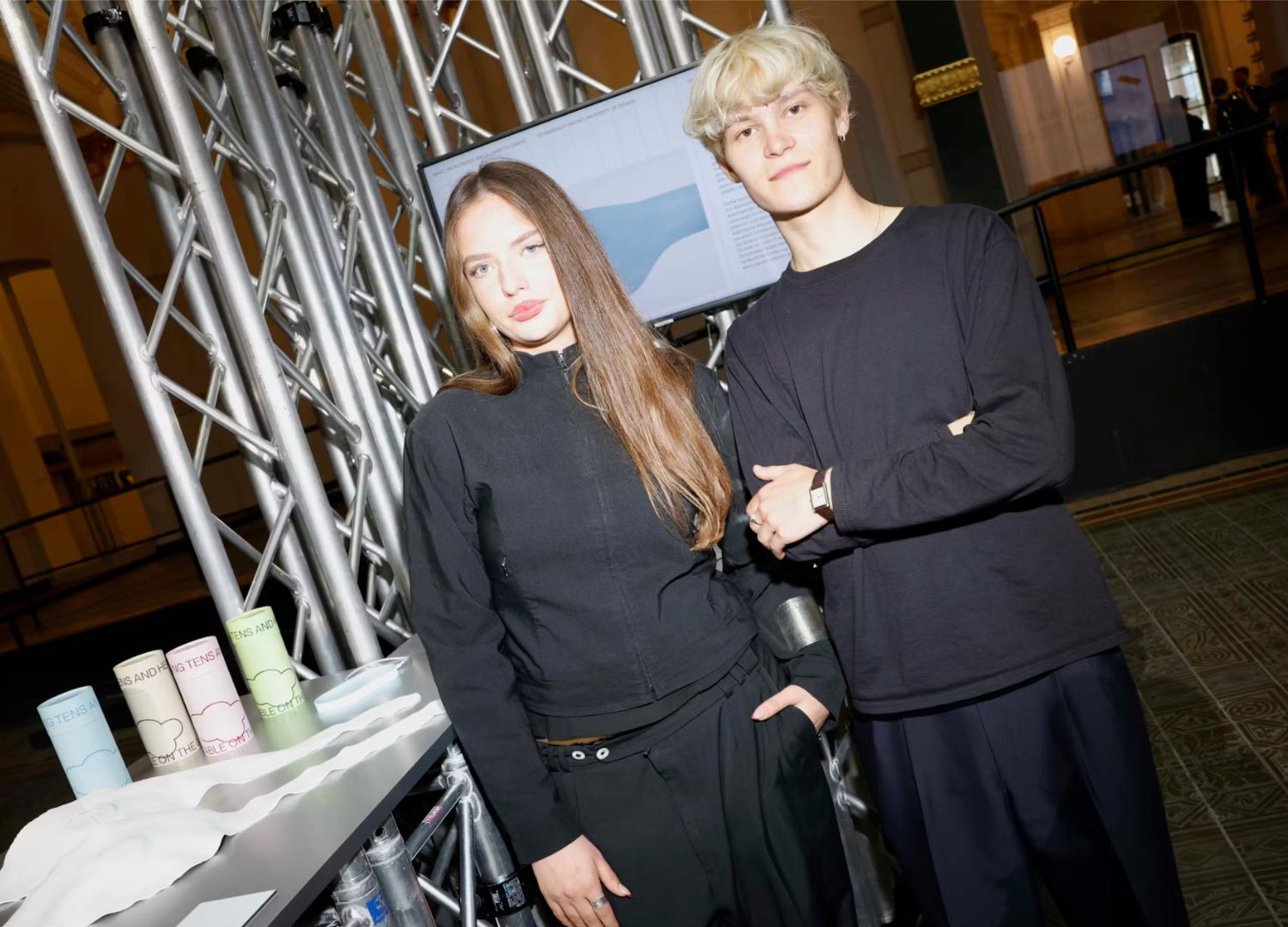
I spoke to the duo a few weeks after their win. I’m curled up at my desk, nursing menstrual cramps with a hot water bottle while Elisabeth and Marc appear on my screen, smiling and still a little surprised. “It was overwhelming,” Elisabeth says. “It took us a couple of weeks to even realise we had won.”
“We submitted our project at the very last minute,” Marc adds. “We didn’t expect this. Suddenly there was all this feedback and real interest — and we realised we didn’t want the project to end here.” Perhaps that’s precisely why Hottie resonated. It wasn’t trying to impress. It was trying to help.
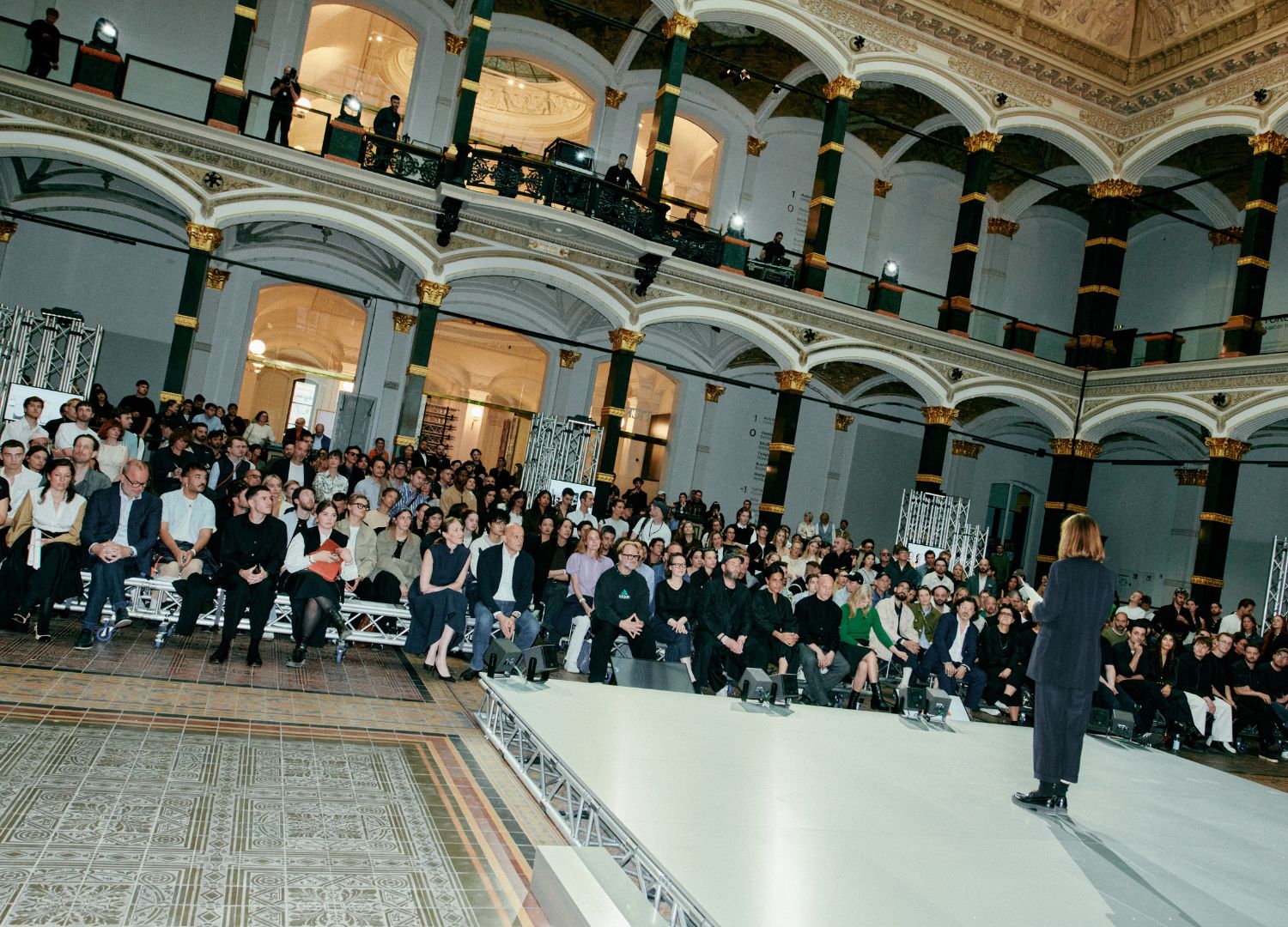
Designing care
Hottie is a textile belt that combines heat and TENS (transcutaneous electrical nerve stimulation) to ease severe menstrual cramps. Think of it as a sleek, tech-integrated second skin: stretchable, breathable, rechargeable, and, most importantly, non-disposable. Unlike many products in the femtech space, Hottie doesn’t rely on sticky patches or throwaway components. It’s not designed to disappear after use. It’s designed to stay.
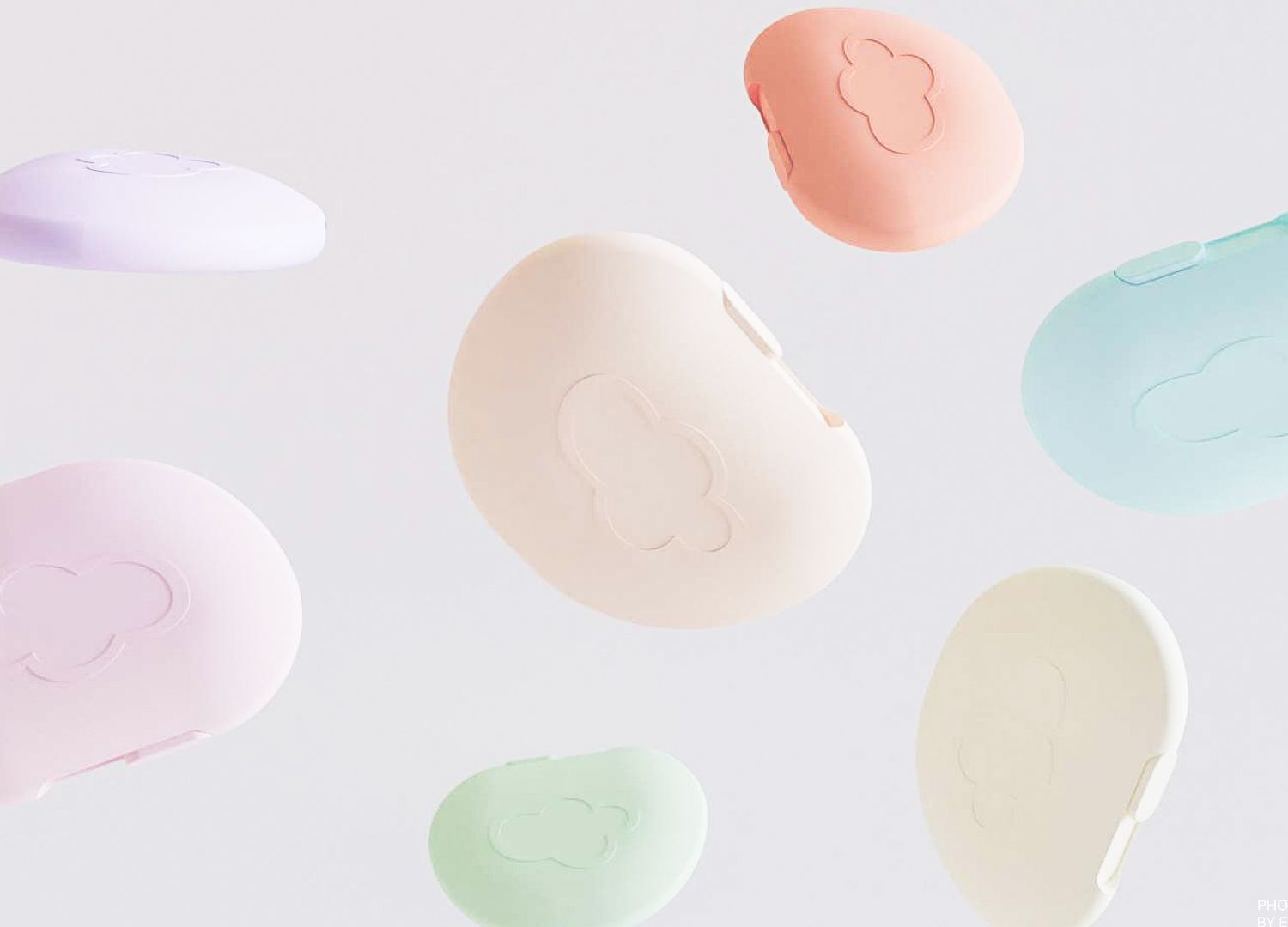
“We wanted to move away from the medical device aesthetic,” Marc explains. “This isn’t something you hide under your clothes. It’s something you wear because you want to — not because you have to.” Elisabeth adds: “We imagine it as a lifestyle product. Something that doesn’t interrupt your day but fits into it — like any other trusted item you wear.”
The product aims to solve an invisible, everyday pain that is quietly devastating. For many, menstrual cramps mean canceled meetings, avoided intimacy, sick days, silence. With Hottie, they ask: What if design made room for that pain—and helped people move through it?
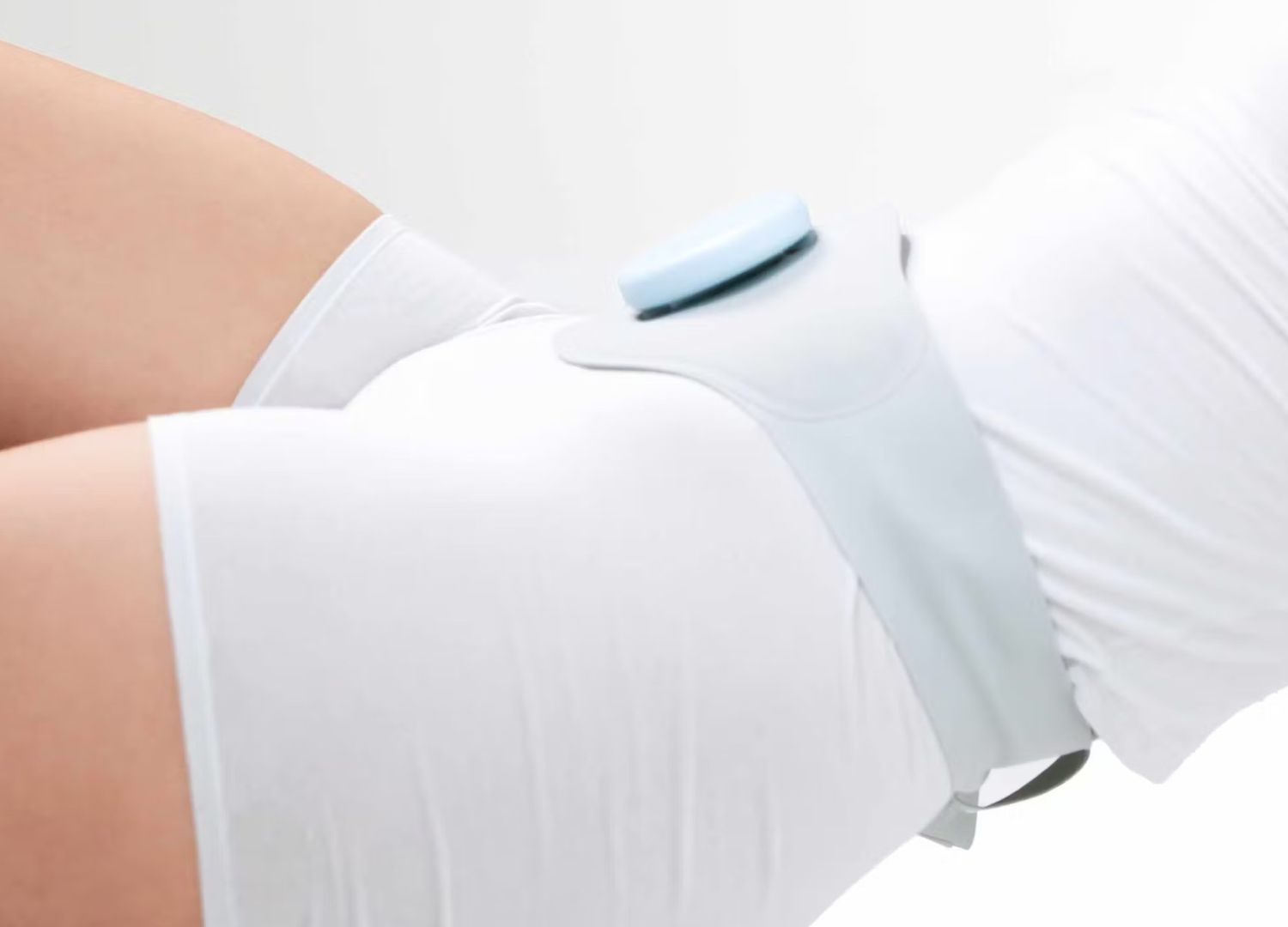
The concept took shape through the guidance of Nic Galway, their assigned mentor during the prize process, who supported them throughout the four-month development period. Adidas, a key collaborator, provided access to their knitting lab and technical expertise. “Adidas gave us access to their knitting lab,” says Elisabeth. “We explored 3D knitting to create a smart fabric with different zones of stretch, breathability, and support,” Elisabeth explains. “The idea was to shape it to the body, to make it feel natural — almost like a second skin.”
Still, the resulting prototype is still just that—a prototype. But it sparked something. An avalanche of interest followed the award. “We get messages asking where to buy it,” Marc says. “We’re still figuring it out. We’re looking for production partners, exploring patent options, even thinking about turning this into our thesis.“
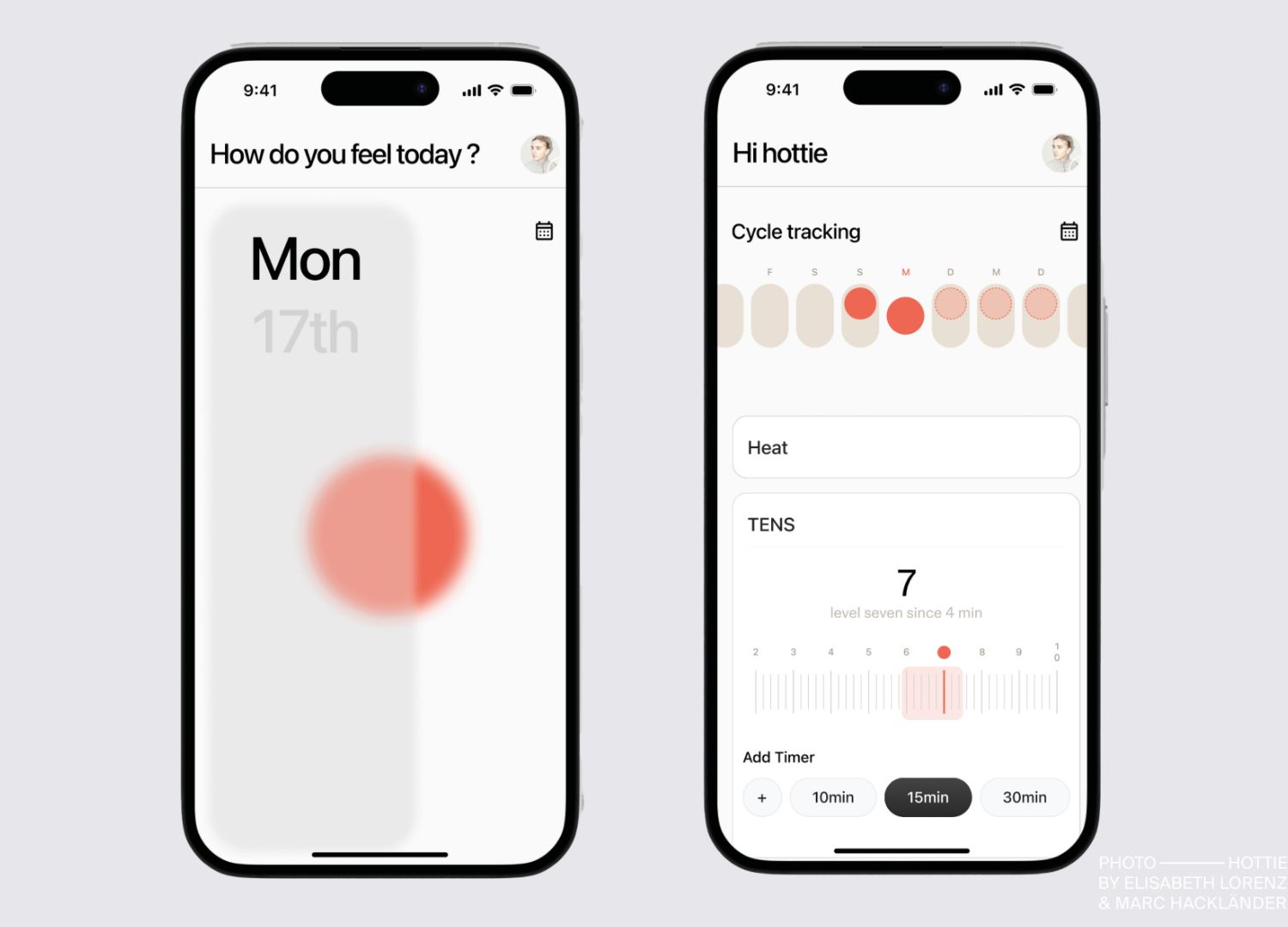
A different kind of partnership
Elisabeth and Marc met during their first semester at HfG Schwäbisch Gmünd. Since then, they’ve worked together on nearly every project. Their dynamic is calm, clear, and built on trust and mutual curiosity. “We balance each other out,” says Elisabeth. “One of us pushes for aesthetics, the other for tech — and then vice versa. We constantly challenge and complement each other.” Marc agrees: “We can rely on each other, and that gives us confidence to take on something as big as this.”
But behind the calm is a kind of vulnerability. “We’re still learning everything as we go,” Elisabeth admits. “Sometimes we’re our own biggest support system.” Without long-term mentors, they’ve become each other’s sounding board, manager, critic, and cheerleader. It’s collaborative—but also intense. “There’s a lot we don’t know yet,” Marc says. “Funding, legal steps, production. We’re figuring out the map while walking it.”
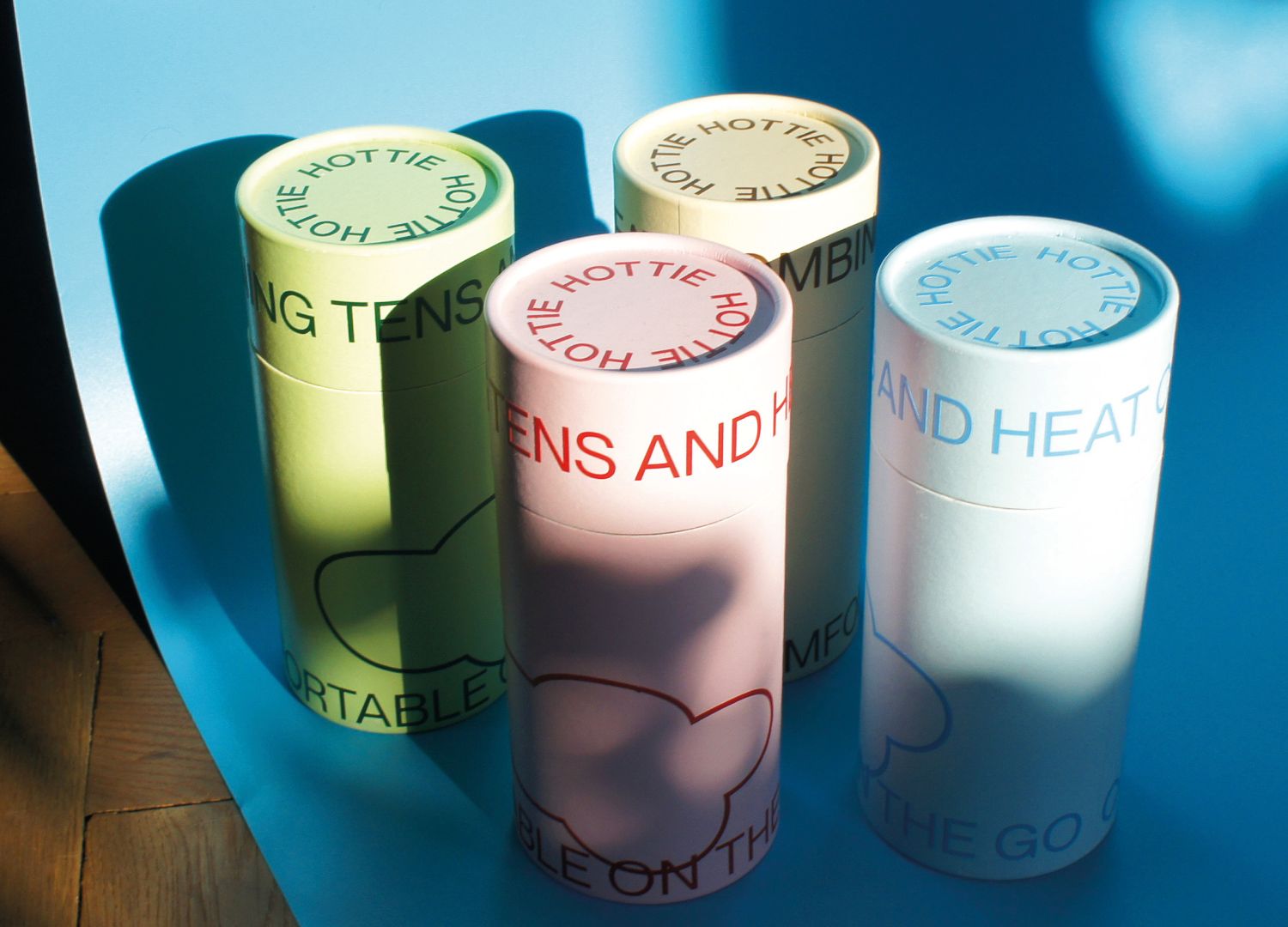
Why prizes like these matter
What does it say that a menstrual belt won a design prize historically associated with travel and mobility? Everything. Because Hottie is about mobility. It’s about people who menstruate not having to cancel plans, stay home, or hide their pain. It’s about moving freely. About reclaiming comfort as a right, not a luxury. In that sense, it’s not only a design object.


